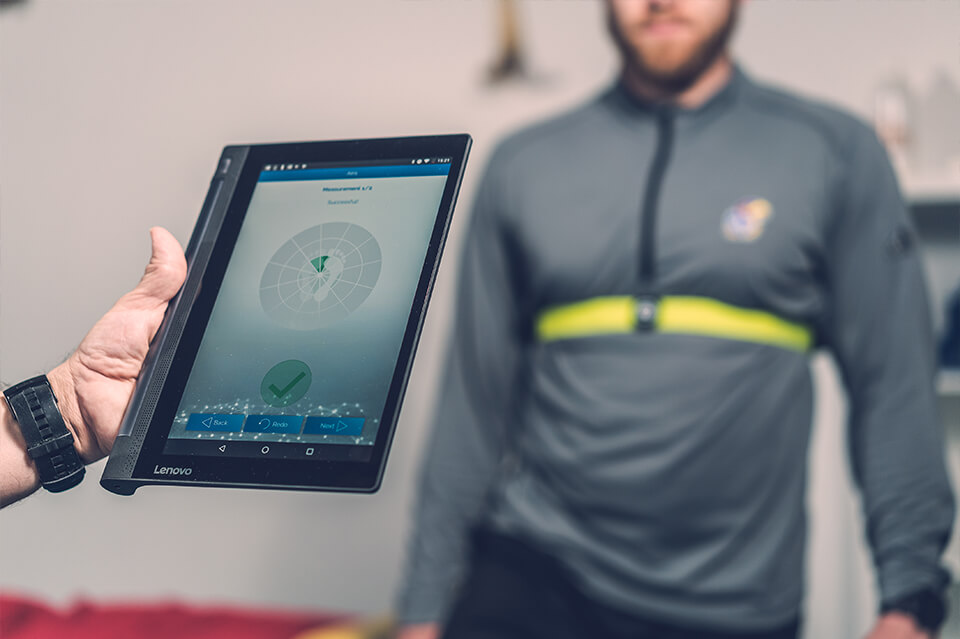Measure your balance to improve it?
It's now possible at Dr.E.
Good balance and responsive muscles are the best way to prevent falls. It is useful to know objective and precise balance measurements in order to measure the improvement following the implementation of targeted exercises.
At Dr.E., we use an innovative system that enables us to assess balance quickly and easily, providing us with objective and accurate data. This system complements our strength tests, helping us to identify more precisely where our patients need to improve, and to tailor treatment to their individual needs.
It is very important to identify the factors that cause imbalance, in order to improve them where possible.
Measuring balance helps to make people aware of the risk of falling.
Who are these tests for?
Balance tests are for anyone who wants to know where they stand, so that they can improve their stability and prevent falls, whatever their age. They are particularly beneficial for the elderly, people recovering from injury, and those suffering from neurological disorders.
Falls in people over 65 can be caused by a number of factors, including
- Muscle weakness: Decreased strength, particularly in the legs.
- Balance problems: Lack of stability and coordination.
- Medication: Some medicines cause dizziness or drowsiness.
- Vision defects: Poor eyesight or bifocal/multifocal lenses.
- Chronic illnesses: Arthritis, diabetes, stroke or Parkinson’s disease.
- Environmental hazards: Clutter, poor lighting, loose carpets or stairs.
- Foot problems: Sore feet or unsuitable footwear.
- Cognitive impairments: Dementia or impaired judgements.
Regular exercise, home improvements and routine health checks can help reduce these risks.
Thanks to our system, we can draw up an appropriate training program consisting of a mixture of strengthening exercises and functional exercises such as straight-line walking, heel raises and soft mat exercises to ensure the patient’s progress.
These exercises strengthen stabilizing muscles, improve coordination and increase body awareness. Incorporating these routines on a regular basis can significantly improve quality of life and promote independence.
To build this progressive training program, the starting point is an initial understanding of the situation. From this starting point, an appropriate selection of exercises is chosen, delivered and monitored.
